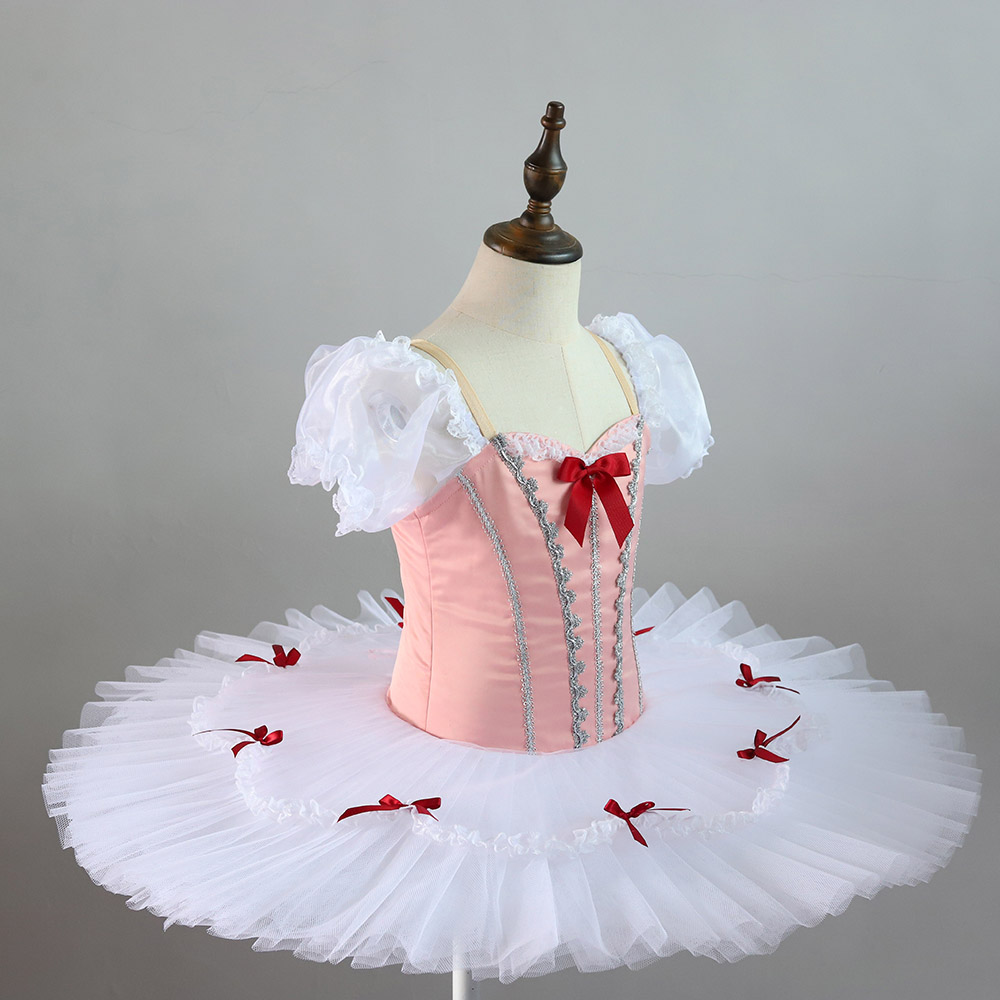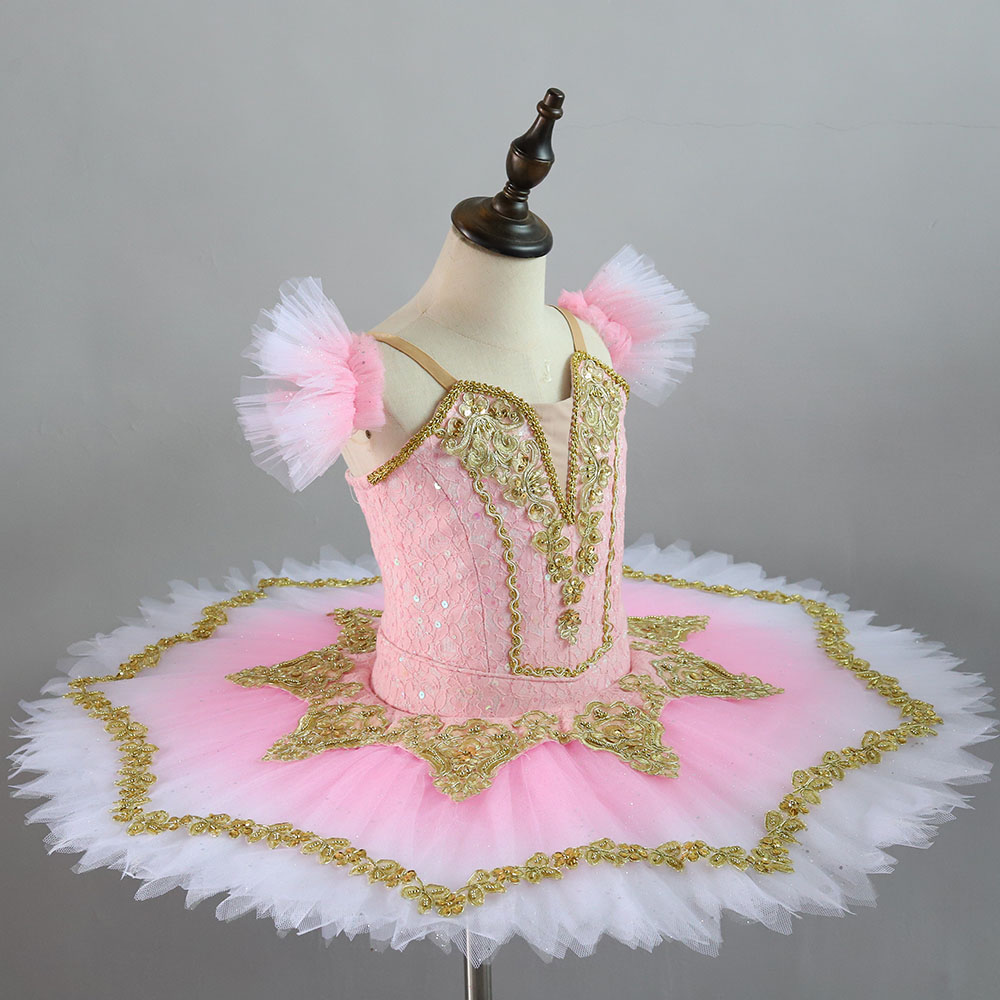 English
English-
 Español
Español
-
 Português
Português
-
 Portugiesisch
Portugiesisch
-
 Français
Français
-
 日本語
日本語
-
 Български
Български
-
 한국어
한국어
-
 Türkçe
Türkçe
-
 Nederlands
Nederlands
-
 English
English
-
 Eesti
Eesti
-
 Suomi
Suomi
-
 বাঙ্গালি
বাঙ্গালি
-
 беларуская
беларуская
-
 Ελληνικά
Ελληνικά
-
 Kreyòl ayisyen
Kreyòl ayisyen
-
 עִברִית
עִברִית
-
 हिन्दी
हिन्दी
-
 Magyar
Magyar
-
 íslenskur
íslenskur
-
 Gaeilge
Gaeilge
-
 italiano
italiano
-
 Hrvatski
Hrvatski
-
 Latinus
Latinus
-
 latviski
latviski
-
 Melayu
Melayu
-
 Malti
Malti
-
 Монгол
Монгол
-
 မြန်မာ
မြန်မာ
-
 فارسی
فارسی
-
 Polski
Polski
-
 عربي
عربي
-
 Română
Română
-
 русский
русский
-
 slovenský
slovenský
-
 Slovenščina
Slovenščina
-
 Afrikaans
Afrikaans
-
 svenska
svenska
-
 dansk
dansk
-
 український
український
-
 o'zbek
o'zbek
-
 Cymraeg
Cymraeg
-
Zulu
-
 Tiếng Việt
Tiếng Việt
-
 bosanski
bosanski
-
 Deutsch
Deutsch
-
 eesti keel
eesti keel
-
 ไทย
ไทย
How to judge classical ballet and contemporary ballet
Sat Mar 26 09:31:04 CST 2022
On program lists or billboards, we often see the words "classical ballet". What does this mean? Is it the category and style of ballet? Or is it a symbol of the era of ballet works? It should be said that the words "classical ballet" not only represent a style and category of ballet, but also are closely related to the era when the work was produced. But today, people’s conventional understanding is basically based on the influence of modern art thoughts that occurred in the early 20th century on ballet. Prior to this, works that followed the original rules and styles of ballet, whether it was a dance drama or a small-scale ballet. Works can be said to be classical ballet.
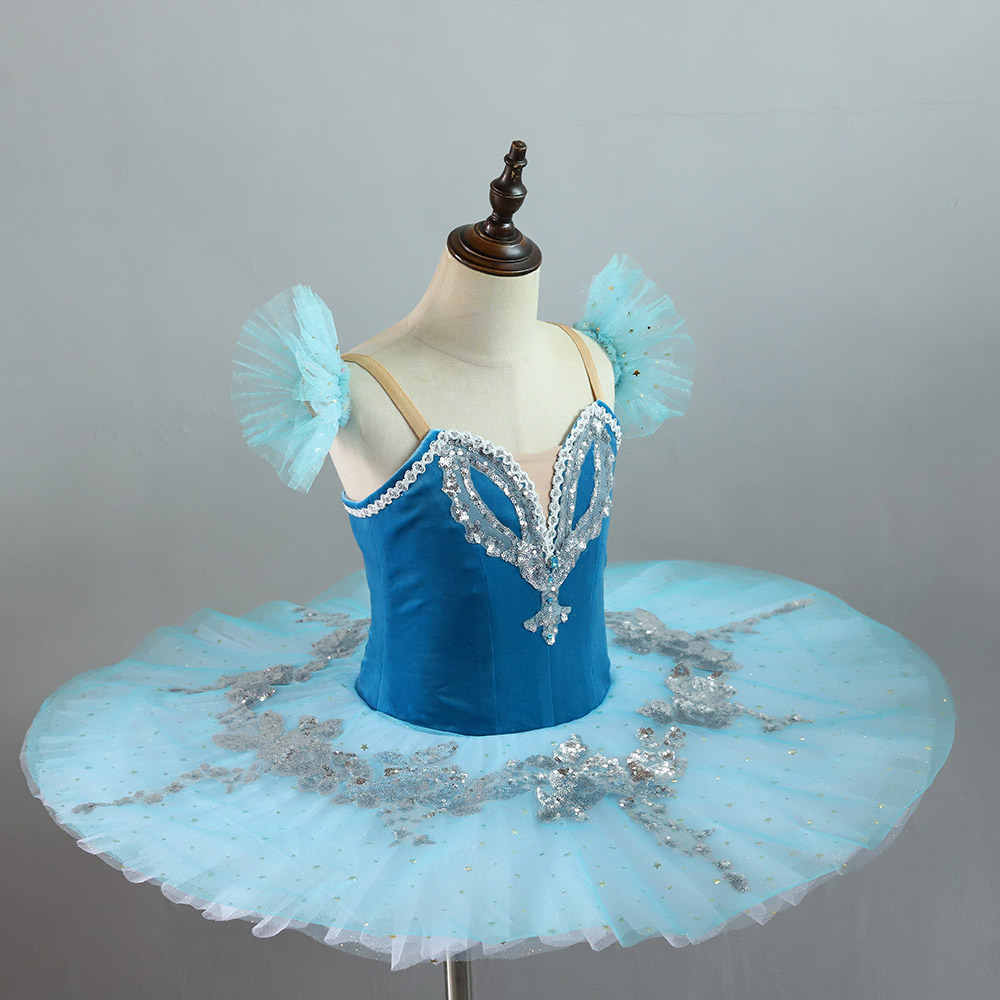
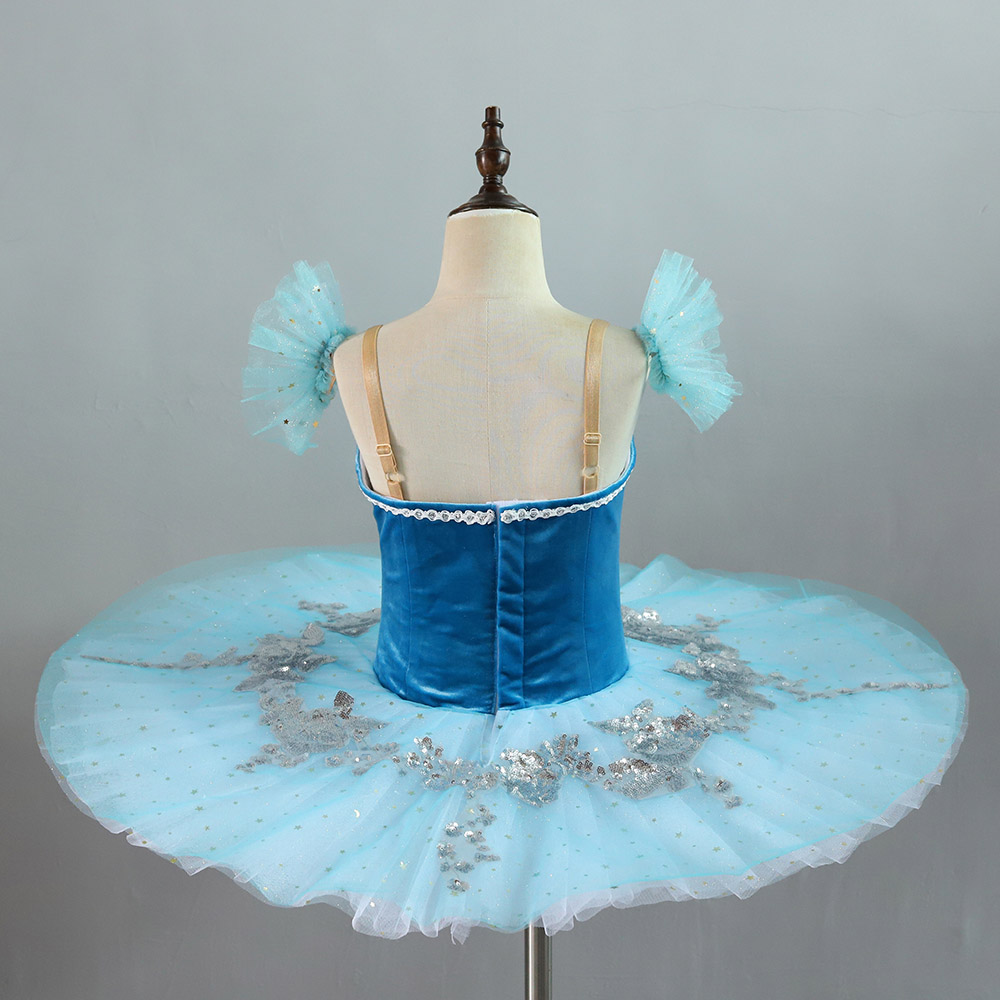
Many ballet works produced in modern times are either different from the previous selections in the subject matter, or have developed and innovated in the form. They have refined the language of action from life, or borrowed dance vocabulary from other sister dances. And performance techniques, forming a style that is different from classical ballet, this is the so-called "contemporary ballet" and "modern ballet". The subject change, such as "The Red Detachment of Women", describes the story of China in the 1930s, so the label "Modern Ballet" means a dance drama that reflects modern life.

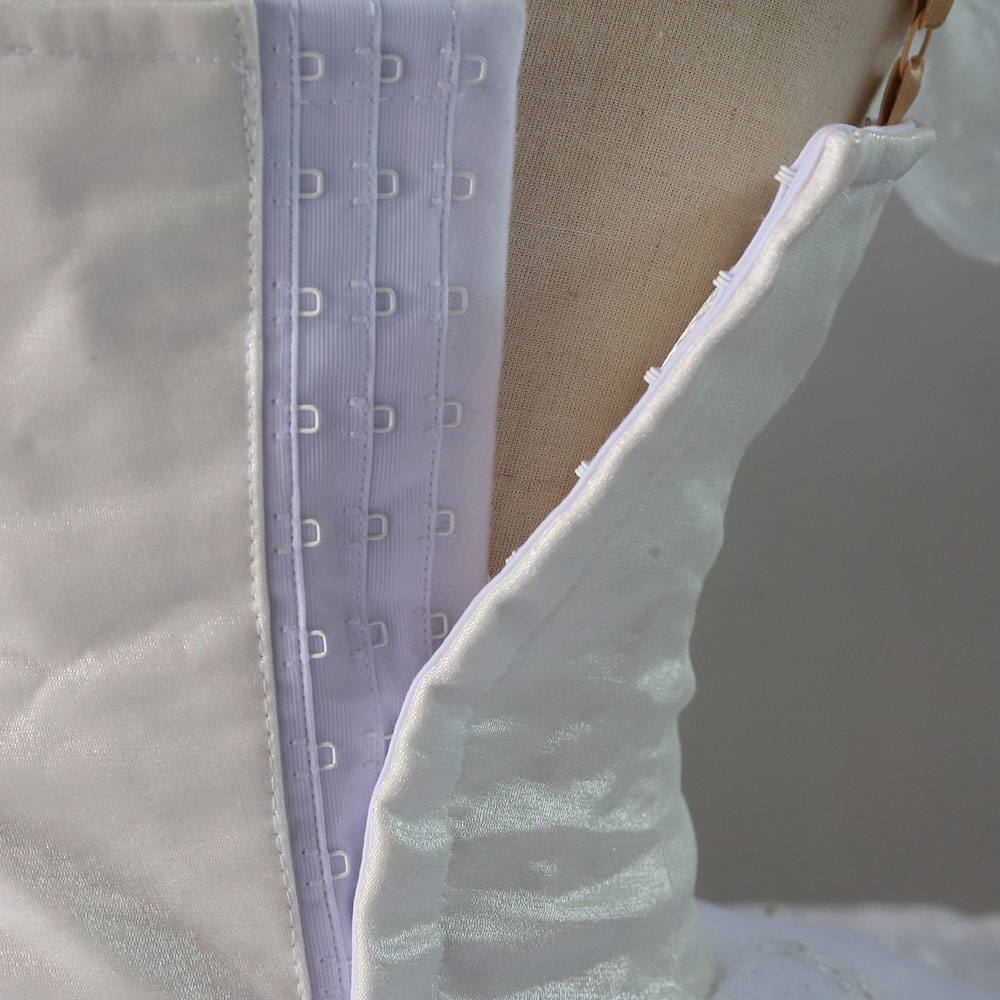
Other countries have come to China to perform ballet works created since the 20th century, especially dance dramas, and do not make such a mark. It should be said that they have distanced themselves from the well-known "classical ballet" dramas and do not belong to the category of "classical ballet". For example, the ballets of the former Soviet Union "Gem Flower", "Romeo and Juliet", "Spartak", "Onegin" in Germany, and "Mayalin" and "Mannon" in the United Kingdom belong to this category.
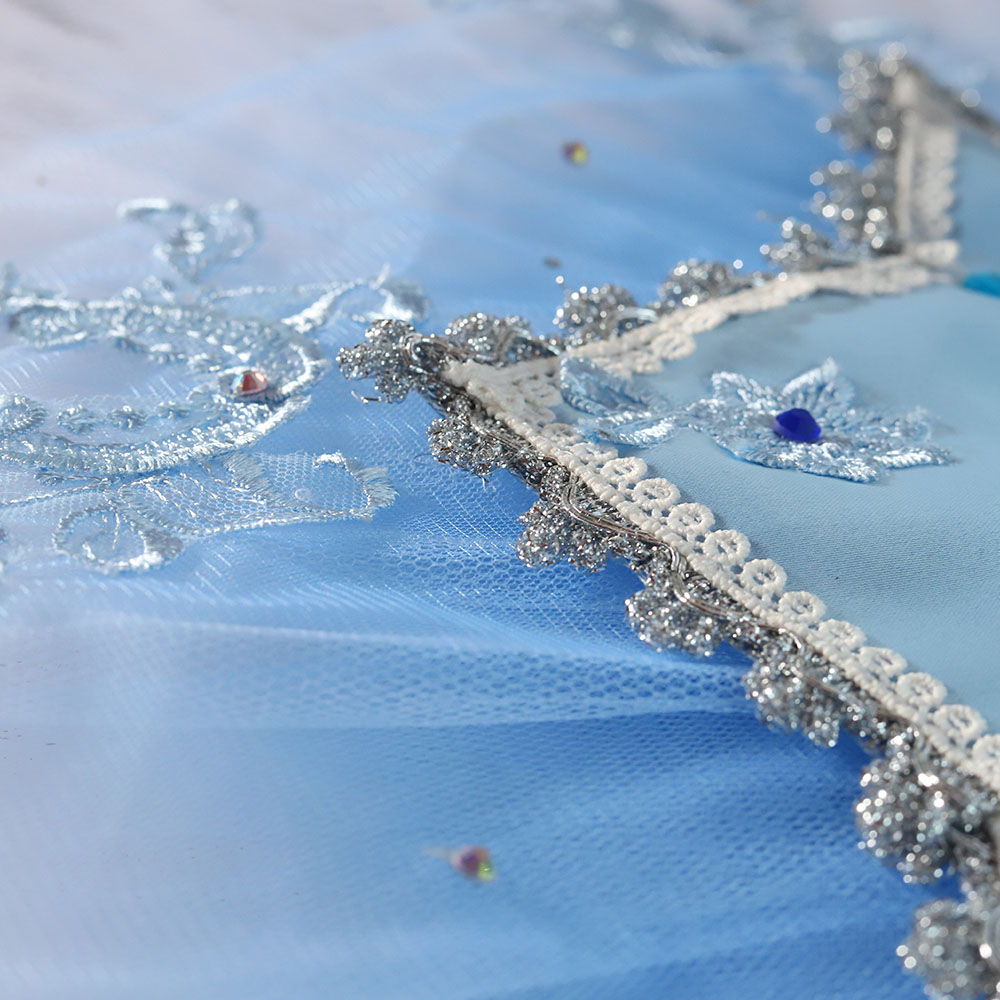
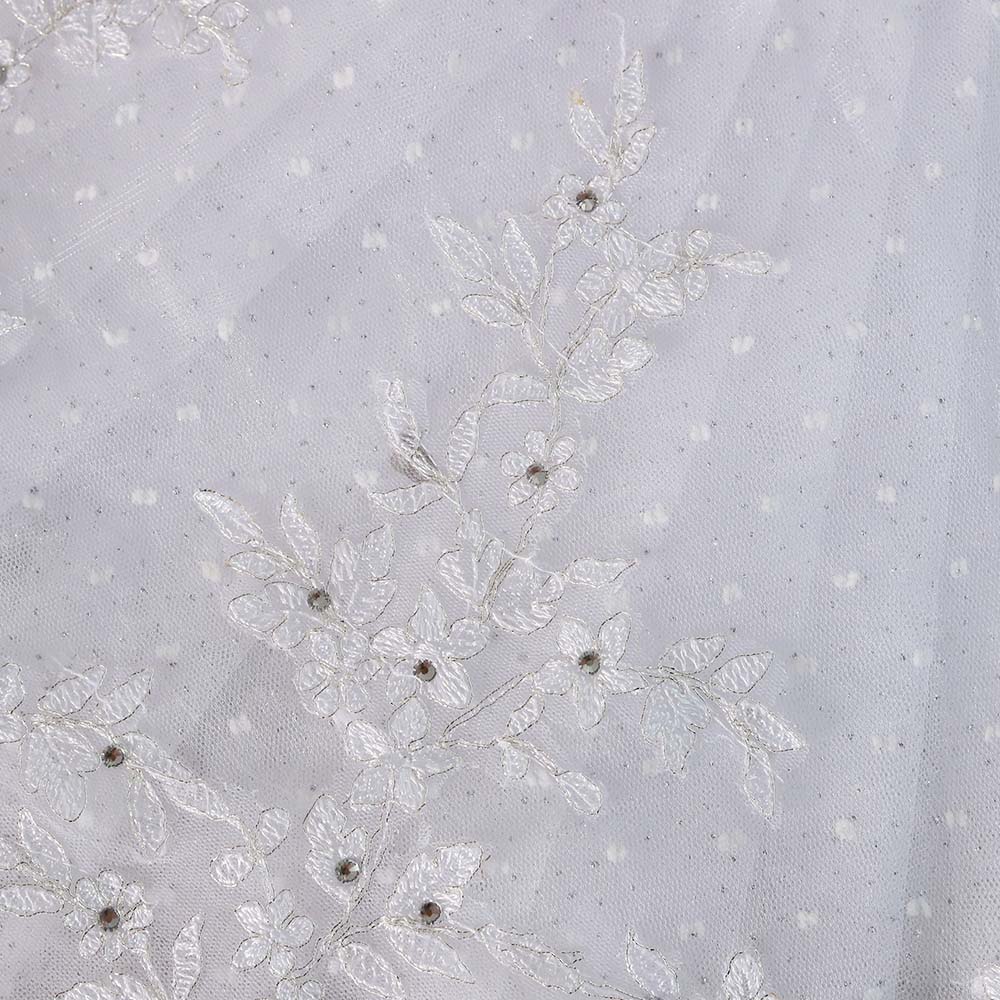
Of course, changes in themes inevitably also bring changes in forms. For example, "Red Detachment of Women" has absorbed the life movements of the troops and the materials of Chinese folk dance; the above-mentioned dance dramas are also based on the drama content in terms of structure, narrative methods, and dance vocabulary. And there is a big breakthrough. Ballet works that have undergone a relatively large development and change from the original traditional ballet form are undoubtedly "symphonic ballet" that uses symphonic choreography (such as "Serenade", "Concerto", etc.), as well as choreography methods that absorb modern dance With skills, movements, including changes in costumes, it is more concise and simple, and even works on stage with only dance practice clothes.
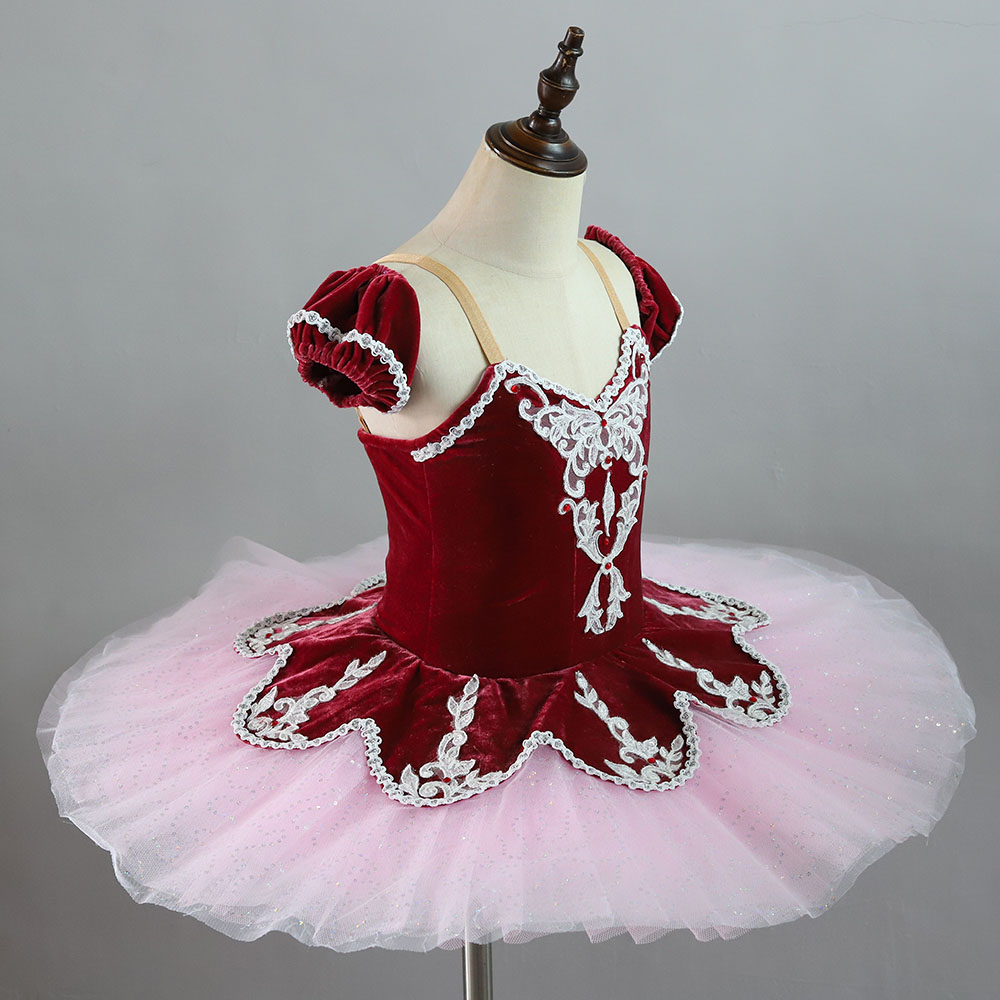
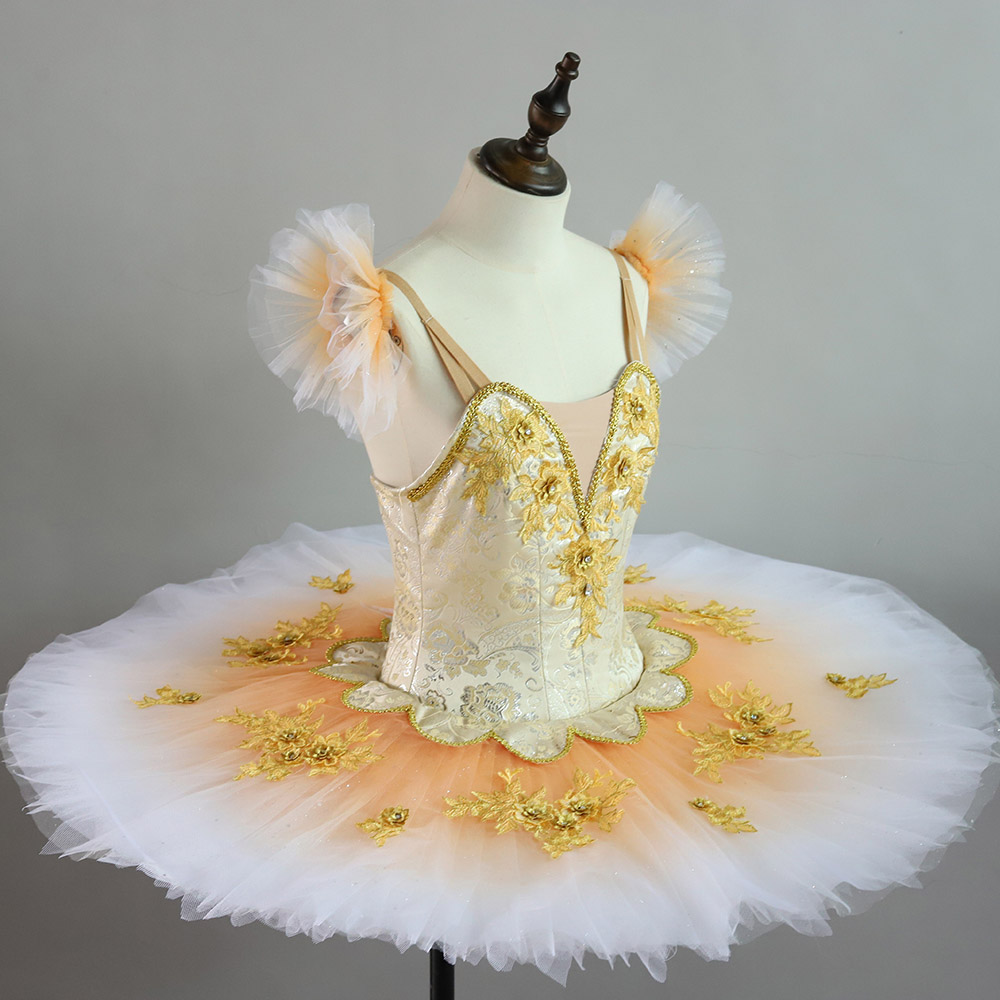
So only from the perspective of the audience, what is the main difference between classical ballet and contemporary ballet? It is whether to "speak" strictly in accordance with the traditional style and technique of ballet, or to deform the combination of movements according to modern aesthetic concepts.
